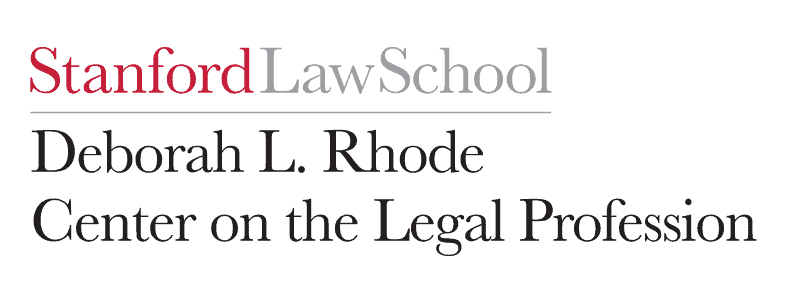MDLs rely, for legitimacy, on individual client autonomy. That fact justifies a system that affords MDL litigants few, if any, formal safeguards, even while furnishing class members in class actions elaborate procedural protections. In this Chapter, we zero in on litigant autonomy in MDLs. We explain why autonomy matters, dissect its elements, and evaluate how much autonomy MDL litigants seem to have in practice. We then zoom in on a necessary component of litigant autonomy: information. As we explain, when it comes to the promotion and protection of litigant autonomy, effective communication—and the provision of vital information that it enables—is not sufficient, but it is necessary. Even well-informed litigants can be excluded from vital decision-making processes, but litigants, logically, cannot call the shots while operating in the dark.
With that background, we review some troubling evidence indicating that at least some MDL litigants felt confused and uninformed regarding their suits—and, in light of that evidence, we assess what MDL transferee courts are doing to keep litigants up-to-date and well-informed. Here, we furnish the results of our own rigorous empirical analysis of court-run MDL websites, which are often extolled, including by judges, as a key venue for client-court communication. Unfortunately, our analysis reveals deep and pervasive deficits with respect to these sites’ usability and relevance. If this is where case related communication is supposed to be happening, then litigant confusion is unsurprising. We close with several recommendations for courts seeking to harness simple technology to promote better court-litigant communication. We fully recognize: Improved MDL websites aren’t a panacea. But they might, however marginally, promote the autonomy interests of litigants—and light a path for future reform.
